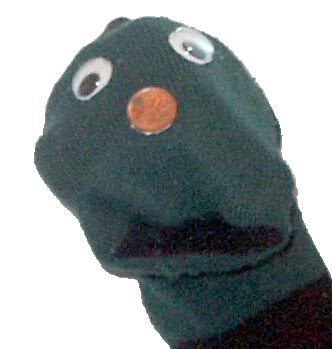
“I don’t know”: the phrase that is the bane of my adulthood existence. I am a third grade teacher as well as the father of two girls, Riley, 17, and Grace, 12, and I have heard “I don’t know” too many times in the last two decades, far too many to count. The thing is, it’s rarely in response to something the child truly doesn’t know.
What’s the square root of 637?
Why was the Republican Party first formed?
Where on the human body is the optimal location for an acupuncturist to stick a needle to soothe a person’s second molar toothache?
“I don’t know”… definitely a valid response.
Instead, I hear it for:
What do you want?
Did you give your teacher the note?
Why did you call her that name?
Where’s your homework?
Shouldn’t people, even young people, know these things? I remember one year Grace came home from school without her lunchbox.
“Where’s your lunchbox?”
“I don’t know.”
“Did you leave it at school?”
“I don’t know.”
“Did you have it at school today?”
“I don’t know.”
“Did you eat the lunch your mom packed?”
“I don’t know. What did she pack?”
How do you not know if you ate lunch?
A few years before, when Riley was still in grade school, she came home with a purple thumb. It wasn’t injured, just colored purple… from thumbnail to bottom knuckle.
“What happened to your thumb, Riley?”
“I don’t know.”
“What do you mean, you don’t know? What’s this stuff on it?
“I don’t know.”
“Is it paint? Is it ink?”
“I don’t know.”
“Did you do this or was it one of your friends?”
“I don’t know.”
Yes, she knew. Kids know more that they let on. As a teacher and parent, I’ve learned kids say “I don’t know,” when they really should know for one of three reasons:
A. They don’t remember (for some reason kids’ memories can be a lot like those of their grandparents’),
B. They don’t want to say because they’re embarrassed or afraid they’ll get into trouble, or
C. They don’t have the skill to explain what happened.
I want to share a story about one of my students, Irwin, who will probably be answering “I don’t know,” to his parents’ questions this weekend, falling under category C (see above).
Irwin is a gifted young man, one of the most intelligent third graders I’ve ever taught in my 19 years as a grade school teacher. He picks up concepts quickly. He’s creative. He’s polite. And, he wears vests and bow ties. But, he’s still an eight-year old boy.
For our last book report assignment of the year, I gave my students eleven choices for a project they could turn in. There was a twelfth option as well, something the student comes up with and runs by me. Irwin asked if he could create and perform a puppet show for the class based on the book he’d read. No student had ever chosen to perform a puppet show for their book report in all of my years. It was a great idea, so I green-lighted it.
The day of Irwin’s performance, he came to school with five socks with faces drawn on them (his performers, I presumed) and a puppet stage he’d formulated from a piece of cardboard and Sesame Street wrapping paper.
Irwin set up his stage, got his script ready, stuck his hand in a sock, and the show was on. Because Irwin was crouching below the desk reading his script so intently, he didn’t have eyes on his puppet, and didn’t realize his performer really never fully made it on stage. It was too low. The audience could only see the top of its “head” only when it opened its mouth to talk. And, I also noticed that when we could actually see some of the sock, the facial features didn’t look as crisp as I’d remembered when he’d brought in his puppets earlier that morning.
Well, it was a fun show. The different characters from the book were portrayed. Irwin used different voices for each of them. There was drama and suspense, but my student forgot to change puppets. The same Elephant Man-looking sock that we could barely see played all of the roles while the other four, I imagine, waited patiently in the wings for their shot at the limelight, to no avail. Irwin finished the show to a round of applause.
I was impressed with his script and the puppet show concept, as well as his stage. As for not being able to see his one-sock show, I attributed that to his focus on the script. And, I think his questionable choice of casting had a lot to do with stage fright. But, what about the grotesqueness of that one character?
After school I heard Irwin announce to a peer, “Oh, here it is!” He was holding up another sock puppet (one less Picasso-like in the face).
“If I knew where this was, I wouldn’t have had to take off my sock.” It took a good ten minutes of talking with this gifted third-grader for me to finally figure it out. His “main character” sock puppet had gone missing. And, apparently its understudy was the sock Irwin had been wearing on his right foot.
When he lost the star of the show, he took off his shoe and sock, drew on it with washable markers, put his hand in it and had his worn sock carry the entire program… alone. The show must go on.
I would love to be a fly on Irwin’s wall when he gets home.
“Irwin, where’s your right sock? Why does that one look like it ran into a plate glass window? And, how’d your puppet show go today?”
“I don’t know”… Category C.



























